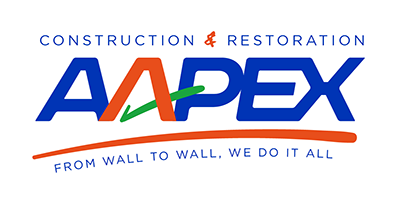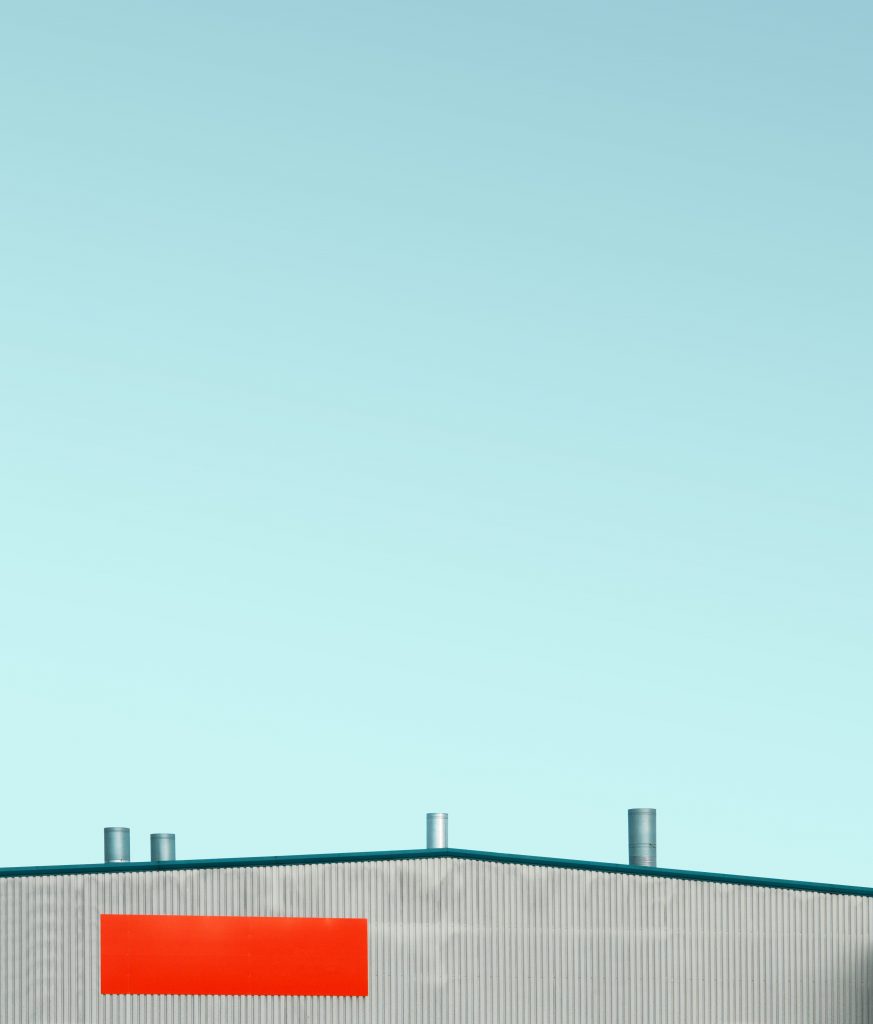When it comes to how residential roofs compare to commercial roofs, many people are mistaken in believing they are pretty much the same. While both are designed to protect the interior of the building by keeping the elements out and properly shedding water from the structure, there are key differences between commercial and residential roofs, most notably in the design and materials used for each.
Residential v. Commercial Roof Design
One of the biggest differences between commercial and residential roofs is in the design for each. Much of the difference in these designs is a result of the difference in the size of the buildings. Residential roofs tend to have a much more significant pitch, while commercials roofs are typically low-sloped or even flat. A steep slope is generally considered a “prettier” roofing option, but beyond that, a steep sloped roof will shed water more efficiently. However, because commercial buildings are so much larger than residential buildings, the slope for a larger, commercial building would be rather extreme. Not only would it look silly, but it would be astronomically more expensive. In addition to this, commercial buildings often house equipment, such as furnaces and air conditioners, on the roof, making a flat or low-sloped roof a bit of a necessity.
Materials Used in Residential v. Commercial Roofs
The pitch of a roof, as well as the climate, will typically determine the type of roofing materials used. For a residential roof with a higher pitch, roofs will often feature asphalt shingles, or even tile, slate, or metal. For commercial low-slope or flat roofs, the options are a bit different. Many factors will determine which is the best roofing option, such as the surrounding environment, typical weather, and building size. Choosing the right material for a commercial roof’s specific needs will be integral to the overall longevity of the roof. Some of the options for flat or low-sloped commercial roofs include:
- Built-Up Roofing (BUR): A roof built up by layering felt applied with either cold application cement or hot asphalt. As one of the oldest low-slope roofing systems, this is also one of the most cost-effective and durable commercial roofing materials, with a life expectancy of 15-20 years.
- Single Ply Roofing: A roof consisting of a rubber membrane that is applied in rolls, the edges sealed either by hot air welders or special adhesives. There are a wide variety of singly ply roofing options available ranging from EPDM and TPO, to PVC and others. Depending on a roof’s particular needs, each of these offer a range of advantages. These are often very resistant to tears and are among the most energy efficient commercial roofing options available.
- Modified Bitumen Roofing: A roof consisting of asphalt enhanced with modifiers to improve the roof’s overall properties. Styrene-Butadiene-Styrene (SBS) is a rubber-like modifier added to increase the bitumen’s elastic properties. It stands up well to stresses created by turbulent winds, extreme temperatures, and normal roof-top expansion and Atactic Polypropolyene (APP) is a plastic-like modifier added to create a tougher, better weathering asphalt coating. It is not as elastic as SBS, so it will not recover from roof expansion or contractions as well.
At Aapex Construction & Restoration, we are certified to work with all types of roofing structures and materials. Are you considering which commercial roofing and residential roofing options are best for your building? Contact us today to get recommendations tailored to your building’s specific needs.


